/Observed Data/Campaigns
Type of resources
Available actions
Topics
INSPIRE themes
Keywords
Contact for the resource
Provided by
Update frequencies
status
-
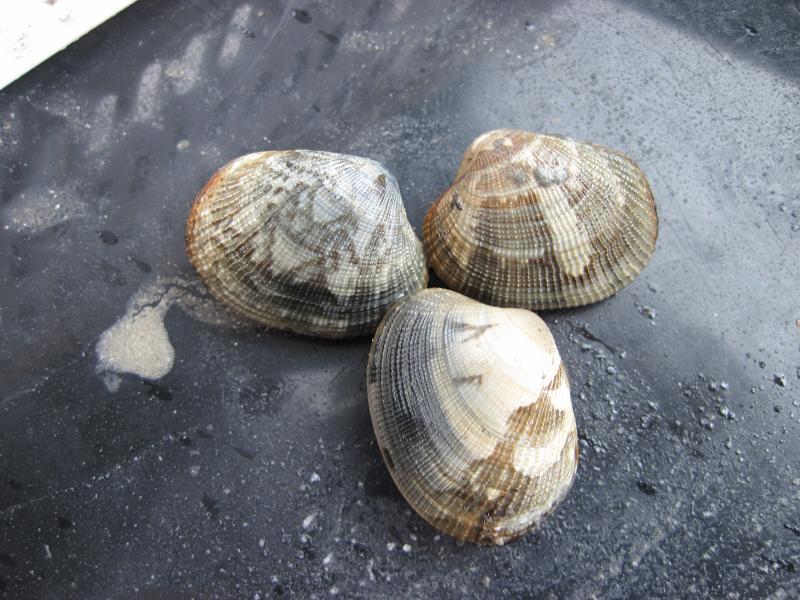
Since 2001, an annual stock assessment of Manila (Ruditapes philippinarum) and European (Ruditapes decussatus) clams has been carried out in March in the Gulf of Morbihan and the Noyalo River. The objectives of this survey are : 1) estimate by direct assessment, the biomass of the stock and its geographical distribution; 2) estimate the exploitable biomass and exploitation potential for the sampled sites in particular, in areas reserved for professional fishing; 3) to establish a diagnosis, with a medium-term vision, on the state of the stock; 4) to propose the implementation of appropriate management measures. Two cruises were also carried out in 1996 and 1997.
-
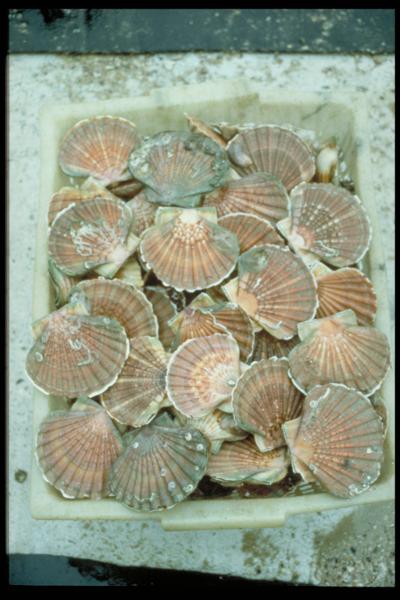
The aim of these cruises, which took place on the Thalia, was to evaluate the abundance of the scallop stock in the Charentais channels.
-
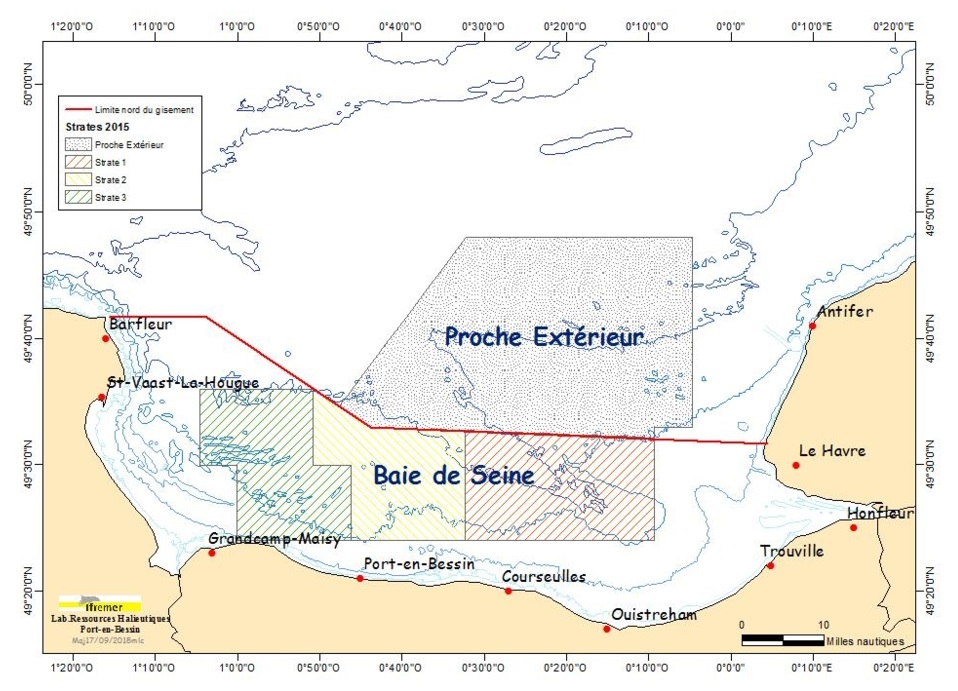
The COMOR cruises, which took place on the Thalia, aim to assess the abundance of the scallop stock (and if necessary to determine the presence of toxic algae) in the Seine Bay.
-
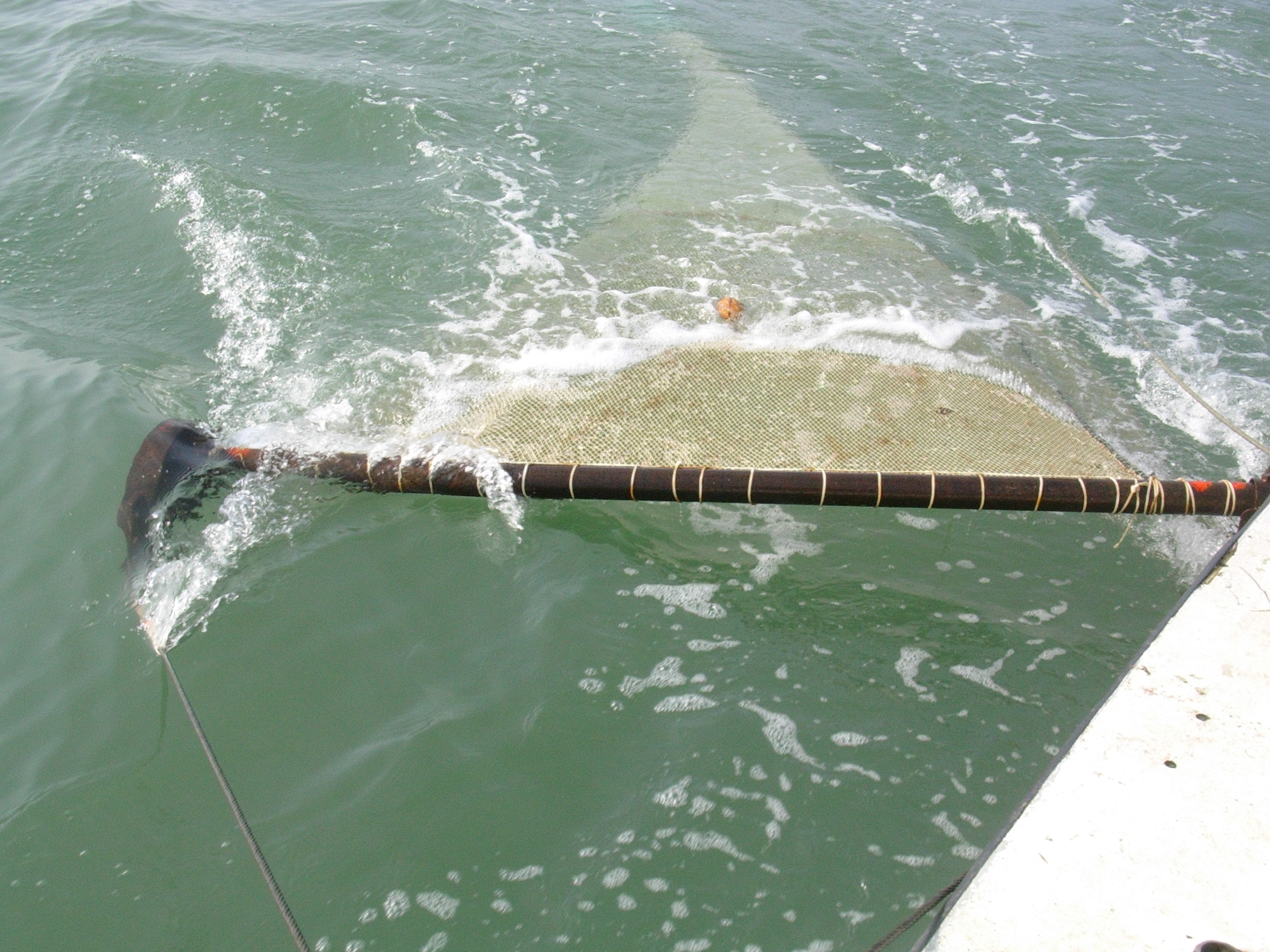
The objective of this cruise, which has been taking place in the English Channel - Baie de somme since 1980, over 5 days in September, is to evaluate the natural multi-year fluctuations of the stands and to analyze the possible impact of the nuclear power plant on the marine environment and resources. It makes it possible to determine annual indices of abundance and distribution of flatfish and other species (shrimp, pout, whiting).
-
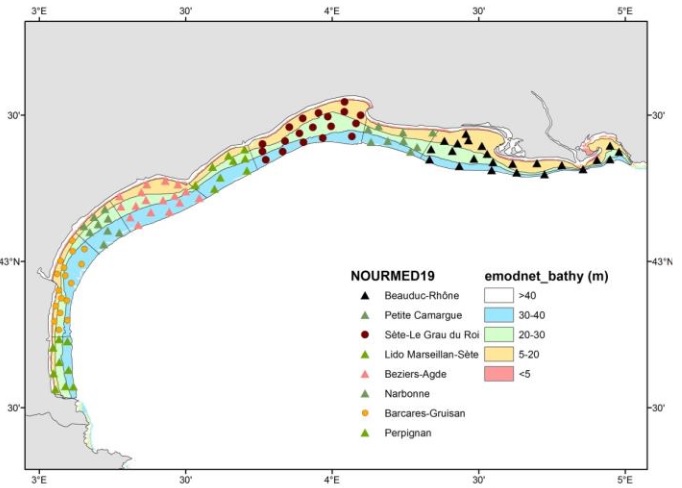
As part of the implementation of the monitoring programme of the Marine Strategy Framework Directive (MSFD), the monitoring of demersal fish and cephalopods in coastal soft environments was deemed a priority. Annual observation campaigns of coastal nurseries on soft bottoms were carried out by the Laboratoire Halieutique Méditerranée of the Ifremer station in Sète. The objectives of these campaigns are 1. To evaluate the density, biomass and distribution of fish and cephalopods by trawling, in particular benthic and demersal juveniles (red mullet, gurnard). To do this, around one hundred standardised trawl surveys were carried out over the entire coastal strip of the Gulf of Lion situated between 5m and 40m depth. 2. To systematically measure the size of the individuals collected in order to characterise the importance of the nursery function in the areas observed and to better understand the population dynamics of local species. 3. To gain a better understanding of the coastal zone ecosystem by systematically identifying all the species encountered (including benthic and pelagic invertebrates other than fish and cephalopods), the macro-waste observed and by characterising their hydrological habitats (CTD, oxygen, fluorescence, pH, turbidity, etc.).
-
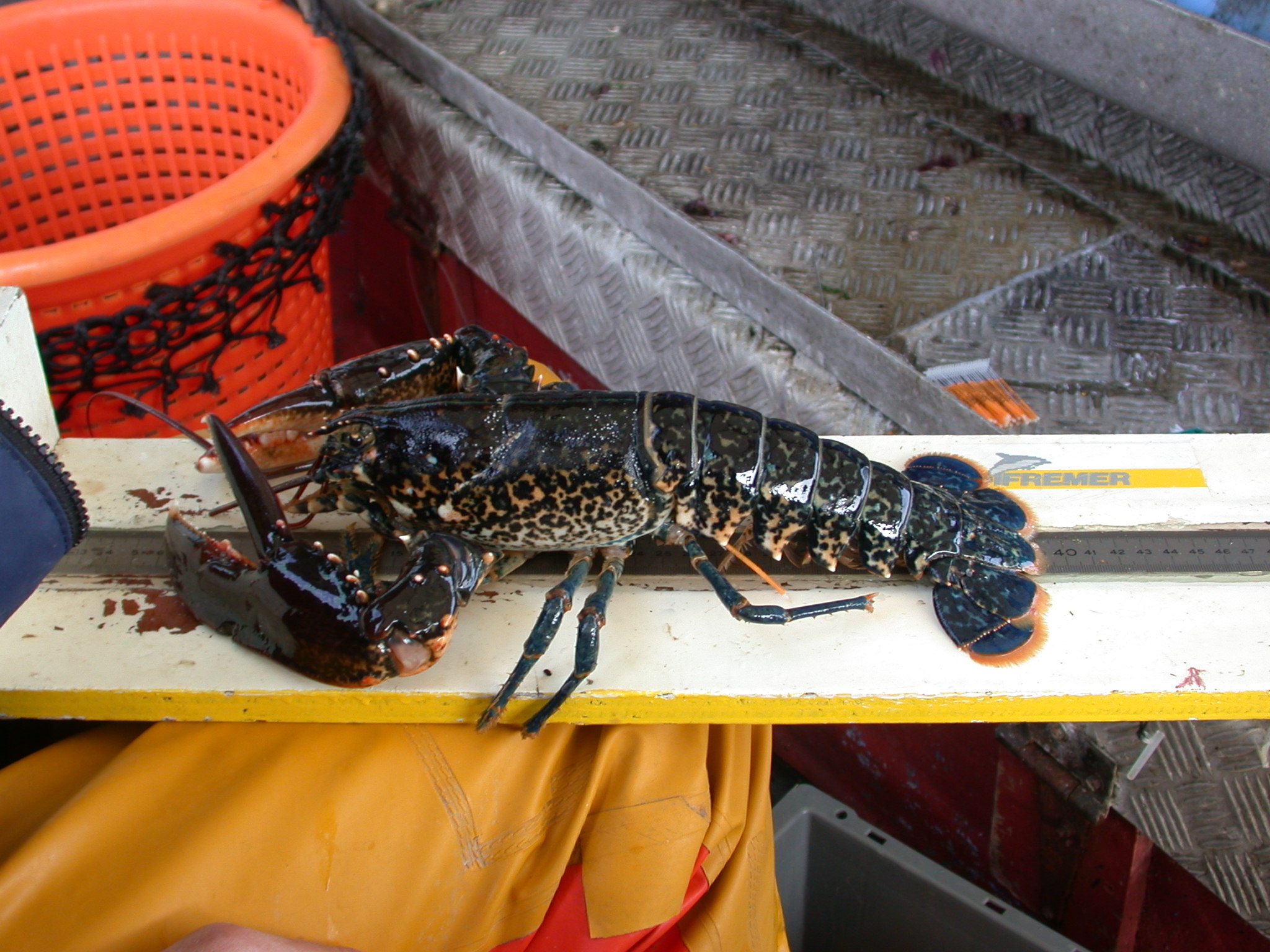
Within the framework of the establishment of a nuclear power plant on the coast of the town of Flamanville, Electricité de France has entrusted Ifremer with ecological and fishery studies on the site's surroundings. One of the expert assessments consists of conducting two shellfish fishing campaigns each year. Their objectives are to monitor the natural fluctuations of the main indicators selected during the start-up of the plant and to evaluate the impact of the plant on the surrounding fishery.
-
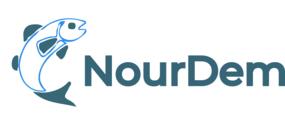
The NourDem project aims to carry out annual trawling cruises in the three estuaries of the Seine, the Loire and the Gironde.
-
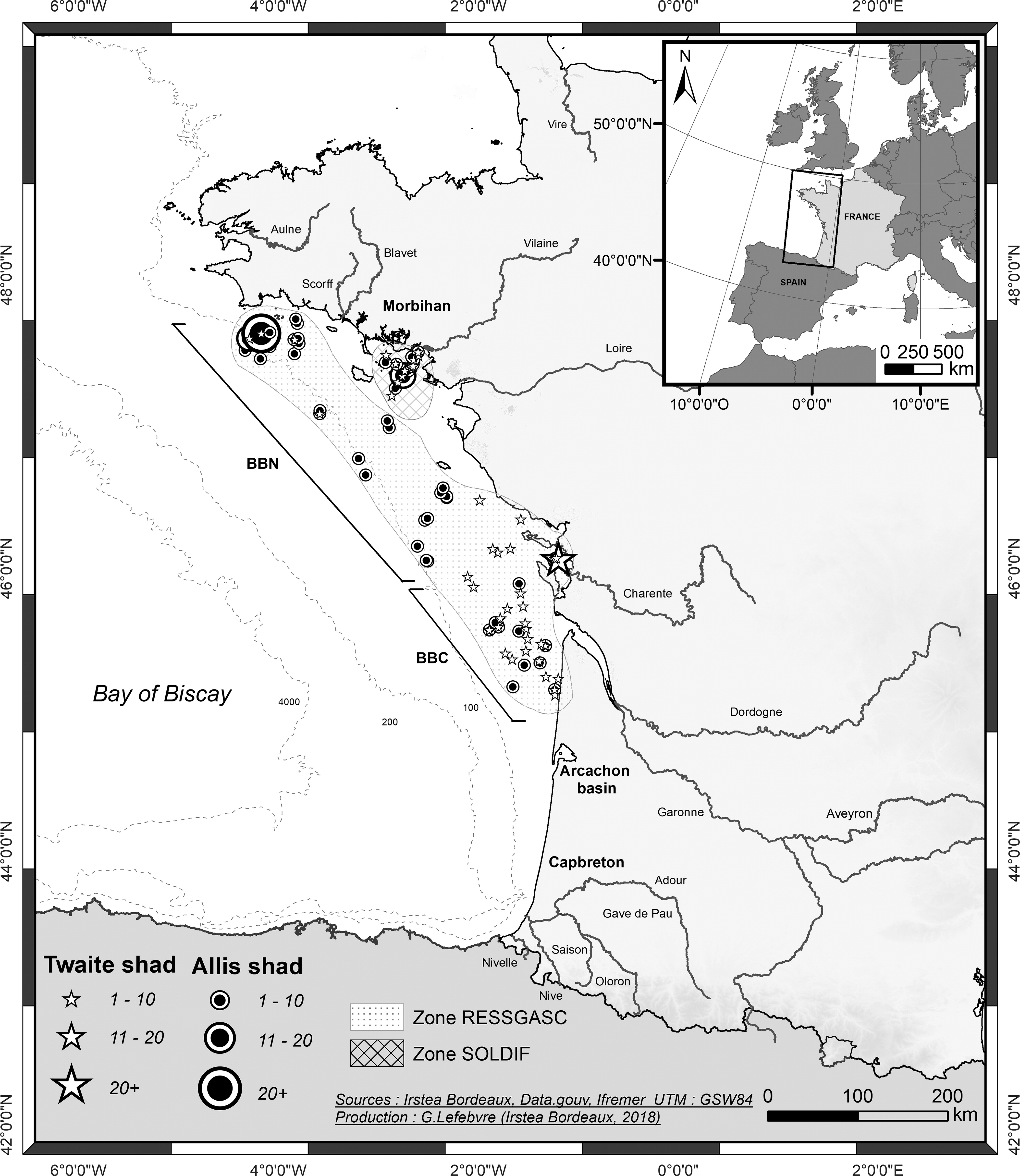
The 62 RESSGASC campaigns allow the quarterly assessment of the quantities of various species (hake, sole, Norway lobster, etc.) discarded by fishing vessels (individuals below legal landing size). This information, together with data collected from the demographic structure of landings (using samples from auctions), is essential for the evolution of commercial fish stocks.
-

Like all EU Member States, France is obliged to collect and manage the data necessary to conduct the Common Fisheries Policy to assess the abundance and distribution of stocks. A "national multi-annual basic data collection programme" has therefore been set up in which scientific campaigns such as IBTS are integrated. This campaign is carried out in coordination with most of the countries bordering the North Sea, in the framework of the European Fisheries Data Collection Programme (DC-MAP). The research carried out over the last few decades has led to a shift away from fisheries issues stricto sensu (monospecific and geographically limited studies) towards a more integrated vision of the various components of marine ecosystems. This openness results from a desire to better understand the dynamics of exploited marine resources in order to improve diagnoses and management recommendations. The acquisition of data from these compartments at different stations makes it possible to establish a map of biotic and abiotic environmental parameters in the Channel and North Sea during the winter period, a period that is usually little studied, but which is crucial.
-

The Bargip project : acquisition of scientific data and knowledge to produce advices on integrated management of European sea bass (Dicentrarchus labrax) in North-East Atlantic.
 Mon GéoSource
Mon GéoSource